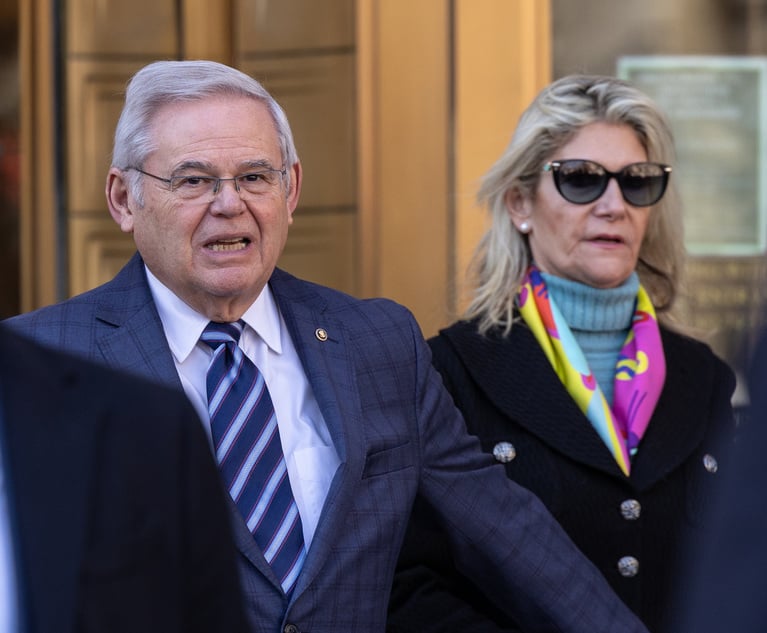The public has a right to know the process of governmental decision-making, such as its oversight, inspection, and compliance review of hospitals, and to review the data and evidence leading to its determinations. This was the spirit with which the New York State Freedom of Information Law (FOIL) was enacted in 1977. The legislature declared then that “a free society is maintained when government is responsive and responsible to the public, and when the public is aware of governmental actions.” Public Officers Law, §84. In other words, as the New York Court of Appeals ruled, the public has an “inherent right to know.” Matter of Fink v. Lefkowitz, 47 N.Y.2d 567, 571 (NY 1979).
However, despite this long-time mandate for openness, the cloak of secrecy continues to block public access to certain information. Specifically, we are woefully not informed about the spread of bacterial infections within our health care facilities such as hospitals and nursing homes.


 Rob Hainer/Shutterstock.com
Rob Hainer/Shutterstock.com




